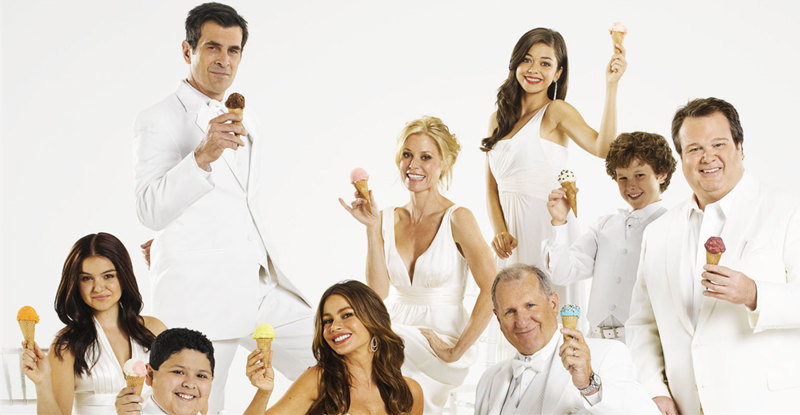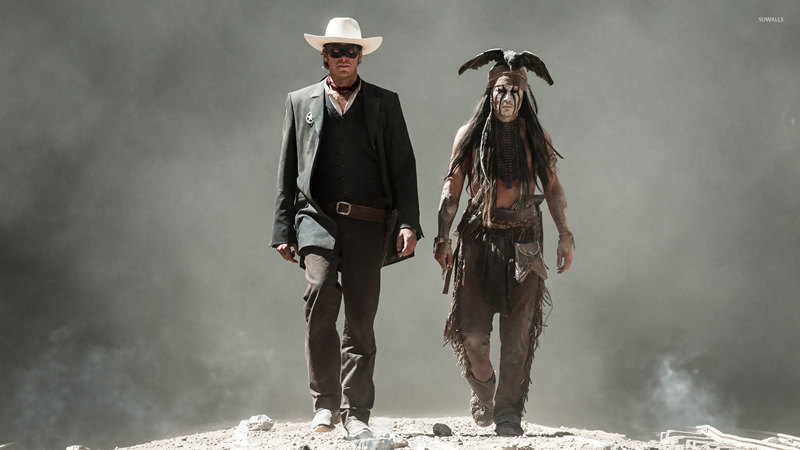Seeing publicity shots of Robert De Niro as the monster looking like a stitched-up version of an ugly rag doll was enough to make me suspect that this version of “Frankenstein” would be no match for that gruesome guy in green with the bad haircut who terrorized peasants with his arms outstretched as he lurched forward. But the funny thing is (though in retrospect, why would it be surprising?), De Niro does a credible job of carrying off a challenging portrayal of the monster as a more sensitive and perceptive creature. Mary Shelley’s novel was more than a fright-fest. It was also a morality tale full of existential questions, and, originally titled “Frankenstein: or, the Modern Prometheus,” it was intended to raise significant questions about the limitations of science during an age of rapid scientific advancement.
Kenneth Branagh’s version of “Frankenstein” stays closer to the original novel than most. Branagh incorporates discussions in which the monster considers his creation and his lot in life. Frankenstein’s monster is far less far less primal than in previous cinematic adaptations, and that makes for a much more interesting creature–especially since he wants more than revenge from his creator. He wants answers. After all, this was the scientific age, and the monster’s brain came from Frankenstein’s brilliant mentor. Branagh also opts to retain the frame of Shelley’s original tale, though decided to dramatize the information rather than convey it via letters, as Shelley did. In “Mary Shelley’s Frankenstein,” the ship of a North Pole-bound explorer (Aidan Quinn) becomes stranded in the Arctic Sea in 1794, where they encounter the mysterious Dr. Frankenstein and their sled dogs become fodder for his monster. While some will find this opening and closing frame superfluous, Shelley felt (and I’m inclined to agree) that it’s more than a device to emphasize the truthfulness of the central story. It reinforces the morality tale of an obsessed scientist willing to sacrifice more than he morally should in order to achieve scientific gains . . . or is it fame?
Gorgeous scenery (including one inexplicable “Sound of Music” picnic and kite-flying scene), superior acting, and inventive takes on the legend breathe new life into an old monster film. From scene to scene, there are some nice touches and interesting variations that make you sit up and take notice. It’s fascinating, for example, to watch Dr. Frankenstein (Branagh) play Ben Franklin and hold hands with his family lying on the ground around a lightning rod so that they’re electrified, not electrocuted when a bolt strikes. And as he pays a midwife to harvest amniotic fluid and fill what looks like a pressure-cooker bath for his creature, it holds our interest as much as the primate arm that was animated earlier. There are also some nice symbolic and associative cuts, as when Frankenstein sneaks into the courtyard to cut down a man who was hanged so that he could use him for “raw materials.” The man has a peg leg, and as Frankenstein slices the rope and the corpse drops to the ground, there’s a quick cut to a table in a tavern where a bottle of wine (shaped the same as that peg leg) is slammed on the table. Nifty little touches like that make for a fun experience.
As the monster goes through the routine of running off and hiding in the pig pen of a peasant family, then having an encounter with a blind man, it’s so familiar that it invokes the whole range of Frankenstein experiences. The best parts of this film are the deviations from the legend, and thankfully there are enough of them scattered throughout the film to hold our interest. In many ways, the tone and style remind me of “Amadeus,” with background music an important component. There are some bloody and graphic scenes, including a primitive Caesarian birth and plenty of skin being stitched and manipulated, but it’s a monster film. What do you expect? I find, though, that the level of character development and the issues that are raised make this version of “Frankenstein” one which gets better with age, rather than more dated or tedious. Tom Hulce (who played “Amadeus”) does a fine job of directing empathy toward the title character not unlike that lightning rod. And Helena Bonham Carter makes for a fine lifelong love-and-friendship interest who gives us another window through which we can view Dr. Frankenstein, with each view adding additional perspective.
“Mary Shelley’s Frankenstein” also works well as a period film, with the only really noticeable intrusion being Branagh’s disproportionate use of 360-degree camera shots, when a little of that goes a long way. His camerawork is also a little unnecessarily “nervous” at times, but that’s far less noticeable. Otherwise, you really get a convincing view of life at the turn of the 18th Century.
If you’re looking for a monster film and lots of gore and boogie-man moments, you won’t find them here. Sure, there are some terror-filled scenes, but by and large Branagh gives us a sympathetic portrait that focuses as much on Dr. Frankenstein as on the Creature, and fights the impulse to reduce the plot to a tale of a mad scientist. Motive (fueled by the emotional trauma of losing his mother to childbirth) and intellectual questions combine with Dr. Frankenstein’s basic decency to make this the play of ideas that Shelley intended.
“Mary Shelley’s Frankenstein” is rated R for “horrific images,” including full-stitched nudity (well, a body suit, but still . . .).
Video:
The picture quality on the DVD was excellent, and so I expected that we’d get a nice video on the Blu-ray. The AVC/MPEG-4 transfer leaves no artifacts, and in 1080p you get even more detail in murky scenes (and there are plenty) than in the DVD. Black levels are such that even in shadow you get distinct edge detail, though backgrounds of negative space tend to have a little grain but no noise to speak of. Skin tones are natural, and while this was never a bright-palette title, the colors look true and saturated according to the desire of the director–which is to say that it’s intended to show a dismal period in history and a dreary episode of human conscience and emotion, and the colors reflect that drabness throughout. The occasional splash of color reminds us of what this film would have looked like were it set in happier times and terms, but I had no complaints about the picture quality. It’s a fine transfer, true to the film. “Mary Shelley’s Frankenstein” is presented in 1.85:1 aspect ratio, and the images fill the entire screen of a 16×9 television monitor.
Audio:
The audio isn’t quite as impressive, but it does the job. Apparently Sony has switched to a DTS-HD MA 5.1 Lossless audio, because this is the second title in a week that’s featured the codec. The DTS-HD MA handles ambient sound well, replicating thunder and the street sounds of panic during the cholera epidemic, but for dialogue it drops off to a front-heavy presentation that really doesn’t have much of a sonic presence. Still, it’s a clean and clear soundtrack, and so dynamics is really my only complaint.
Extras:
There are no bonus features, unless you count BD-Live . . . and I don’t.
Bottom Line:
I gave this a 7 out of 10 when I first reviewed it years ago, but as I said, this film seems to get better with each viewing. I’m inclined to give it an 8 now. The more you watch, the more you appreciate how Branagh was able to faithfully retell Shelley’s novel while still managing to make it fresh and make it relevant.


